If You Can Do These Exercises in Your 60s, You’re Aging Well
Reaching your 60s doesn’t mean slowing down. It’s a chance to see how capable and responsive your body still is. These exercises aren’t about chasing youth but about balance, strength, and endurance that last. If you can perform them with ease and control, your body reflects resilience, stability, and the ability to age well.
Sit-To-Stand Test
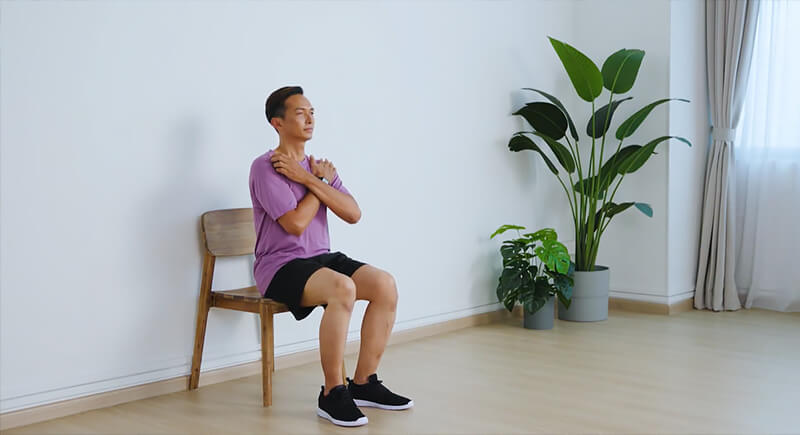
Credit: Youtube
This simple test tells more about your health than you’d expect. Sit in a chair, stand up, and repeat five times without using your hands. Researchers at the National Institute on Aging say this move predicts long-term mobility and balance. The ability to stand and sit quickly while keeping your form steady indicates that your legs, core, and coordination are aging with impressive grace.
Bodyweight Squats
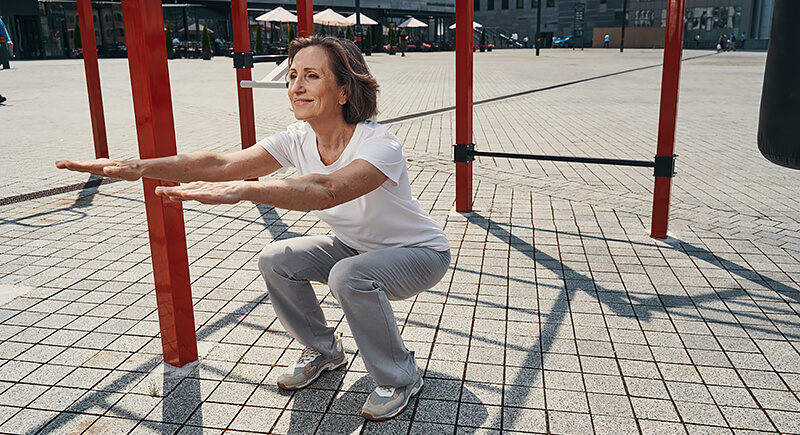
Credit: iStockphoto
Squats are like a health report for your lower body. They reveal how well your joints, hips, and knees are working together. Maintaining the ability to lower and lift your body weight shows your leg strength is solid and your flexibility hasn’t gone anywhere. It’s also one of the best ways to stay steady on your feet, from stairs to sidewalks.
Walking 10,000 Steps
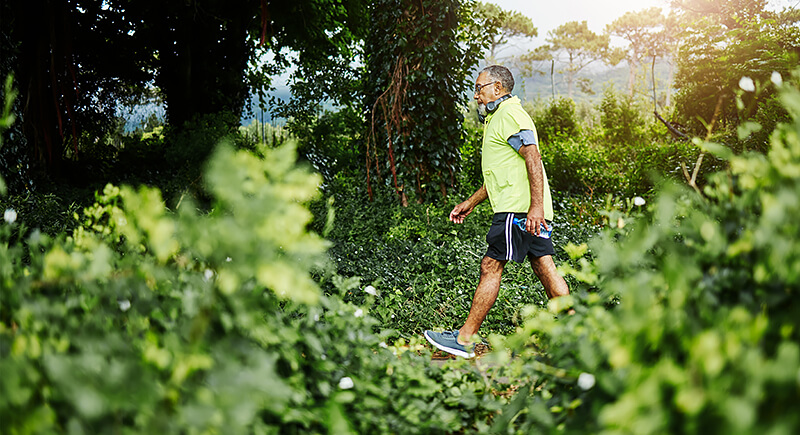
Credit: iStockphoto
Studies from Harvard show that people who average around 8,000 to 10,000 steps a day tend to live longer and stay mentally sharper. Walking doesn’t require equipment or skill, yet each step strengthens your heart, improves circulation, and keeps your joints well-oiled for the decades ahead.
Half-Kneel-To-Stand
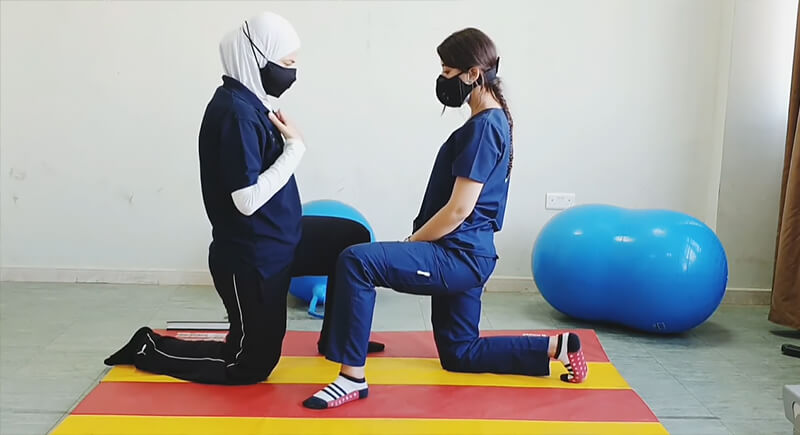
Credit: Youtube
Moving from a kneeling position to standing sounds simple, but it challenges nearly every muscle in your body. It demands coordination, leg strength, and balance, all of which can fade without regular practice. Physical therapists use this exercise to gauge functional independence.
Push-Ups
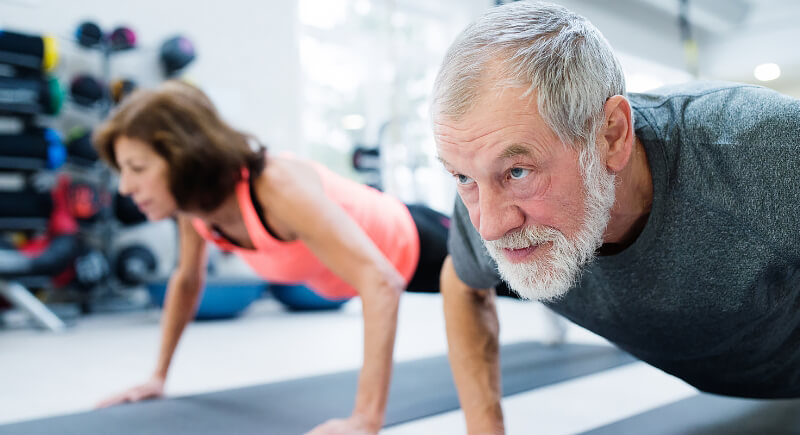
Credit: Canva
Push-ups are a timeless indicator of total-body strength. Performing ten or more without collapsing shows that your chest, shoulders, and triceps are working in perfect sync. Harvard researchers found that people who can complete 40 or more push-ups have a lower risk of heart disease. Even moderate ability reflects strong muscles, stable joints, and healthy endurance.
Balance on One Leg

Credit: iStockphoto
Balancing on one foot for ten seconds looks easy until you try it. This move challenges your brain and body to work together and keeps your equilibrium in check. A study in The British Journal of Sports Medicine linked good balance to a longer lifespan and reduced fall risk.
Bear Crawl
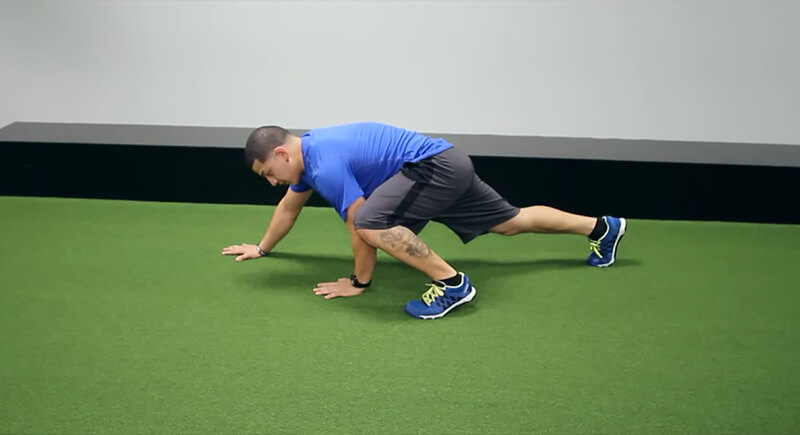
Credit: Youtube
This movement works your shoulders, hips, and core while testing coordination and control. It engages nearly every major muscle group and challenges your endurance without equipment. Crawling forward and back in a low, steady position shows that your body still moves with strength, balance, and fluid control.
Stair Climb
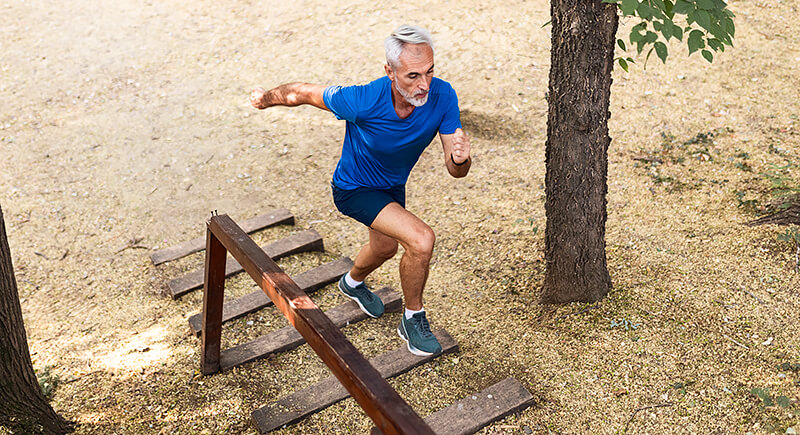
Credit: iStockphoto
Few movements reveal fitness more honestly than a climb. Each step pushes the heart, lungs, and legs to work together, building strength where it matters most. A steady rhythm on the stairs shows that your body still handles effort efficiently, keeping endurance and coordination in sync.
Chair Yoga Flow
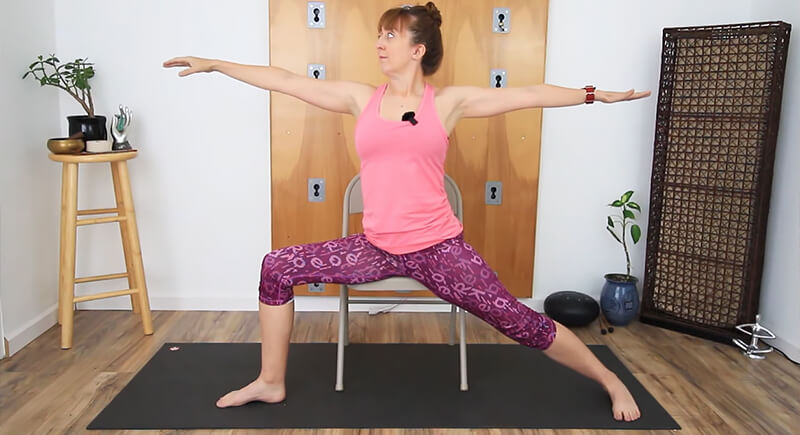
Credit: Youtube
Chair yoga blends ease with steady effort. Each controlled stretch supports flexibility, posture, and circulation while easing tension. Regular practice helps older adults rest better, move with greater balance, and stay comfortable in daily routines. The movements keep joints fluid and muscles responsive without strain.
Water Aerobics
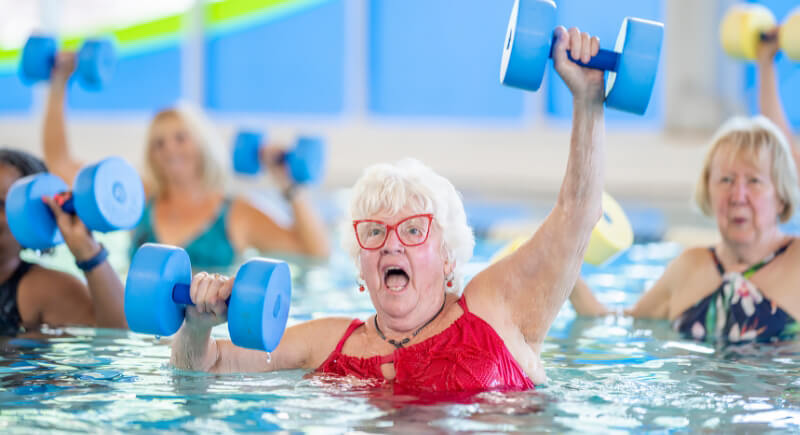
Credit: Getty Images
Working out in water is a joint-friendly way to build strength and stamina. The buoyancy supports your weight while water resistance works your muscles from every angle. According to the National Institutes of Health, water aerobics can reduce arthritis pain and improve circulation.
Plank Hold
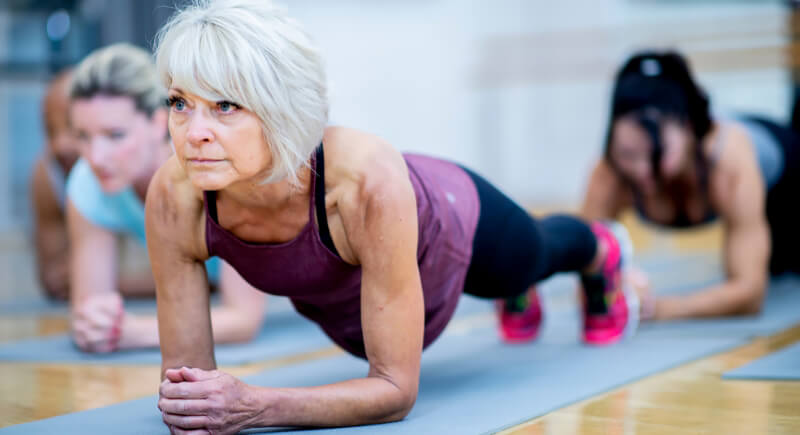
Credit: Getty Images
A 30-second plank is a simple but powerful demonstration of core control. It strengthens the muscles that protect your spine and improve posture. It is also a foundational move for preventing lower back pain. Being able to hold steady without sagging or shaking means your body’s deep stabilizers are working exactly as they should.
Dancing
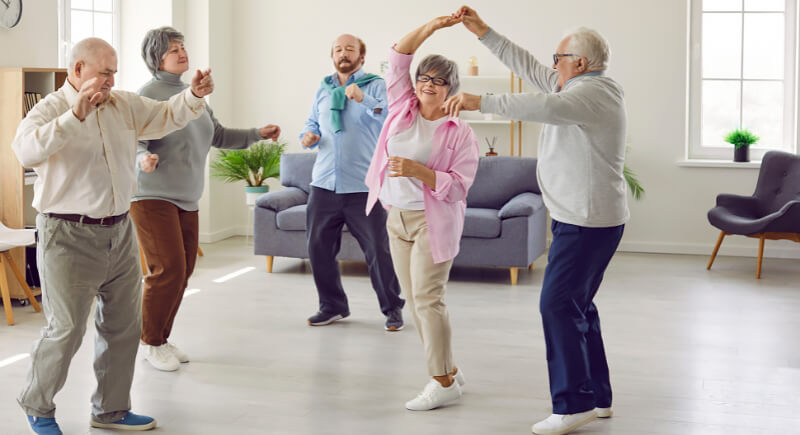
Credit: Canva
Dance connects the body and mind in a way few activities can. Research shows that regular movement to music sharpens memory, steadies balance, and keeps coordination strong. It isn’t about polished steps or perfect timing. The act of moving freely, feeling rhythm, and staying engaged keeps both body and spirit in motion.
Step-Ups

Credit: iStockphoto
Step-ups build leg power and endurance that carry over into everyday life. Trainers use them to measure how efficiently the body moves against gravity. Each rep strengthens your glutes, quads, and core. If you can keep your balance while repeatedly stepping up and down, it’s a sign that your coordination, strength, and stamina remain in sync.
Modified Side Plank
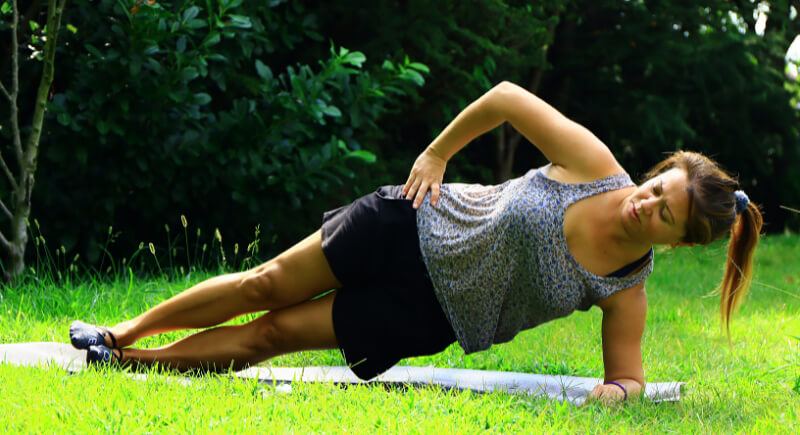
Credit: Getty Images
Lying on your side and lifting your hips might sound simple, but it’s one of the best ways to measure lateral stability. This move targets the obliques and shoulders, which protect your spine from strain. Studies link core endurance to fewer back problems. Holding a steady side plank means your posture muscles are still working like a well-tuned team.
Seated Leg Raises
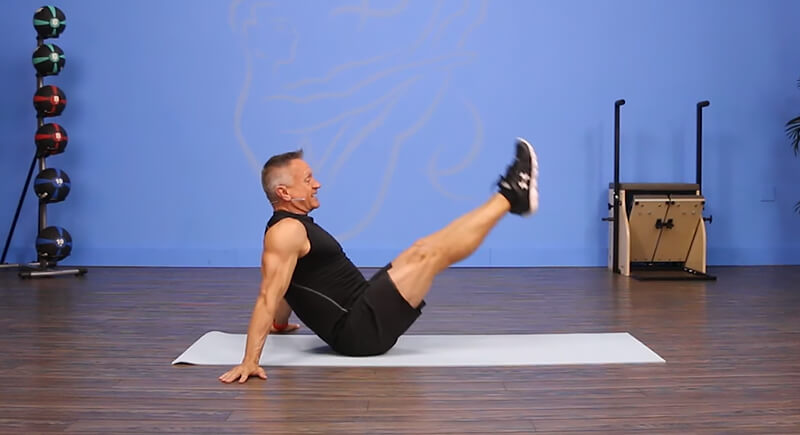
Credit: Youtube
This exercise targets the hips and core while testing posture control. Lifting each leg slowly while keeping your back straight shows how well your stabilizing muscles are working together. It’s often used to spot weakness or stiffness that affects balance, making it a simple way to check everyday strength and coordination.
Standing Calf Raises
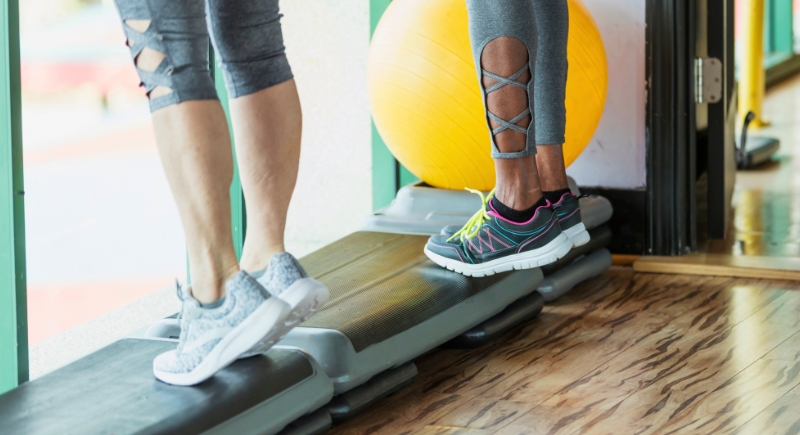
Credit: Getty Images
This simple exercise keeps your feet and ankles youthful. Rising onto your toes and lowering back down strengthens the muscles that keep you steady on uneven ground. Strong calves are directly linked to better walking speed and stability. Smooth, controlled repetitions show your balance system is still sharp.
Resistance Band Rows

Credit: Canva
A resistance band can be surprisingly powerful for testing upper-body endurance. Pulling the band toward your torso activates the muscles that keep your shoulders strong and your back upright. Trainers recommend this for anyone hoping to counteract sitting stiffness. If you can perform controlled, even pulls, you’re maintaining healthy posture and shoulder stability.
Wall Sits
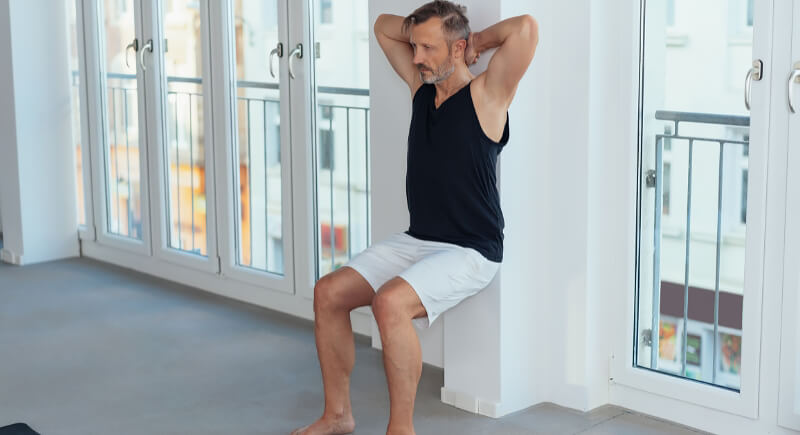
Credit: Getty Images
This simple move reveals a lot about lower-body strength and control. Sliding down a wall and holding that seated position pushes the quads and glutes to stay active under pressure. It’s a strength test used in many fitness programs to test how well your muscles can support you when they’re fully engaged.
Arm Circles
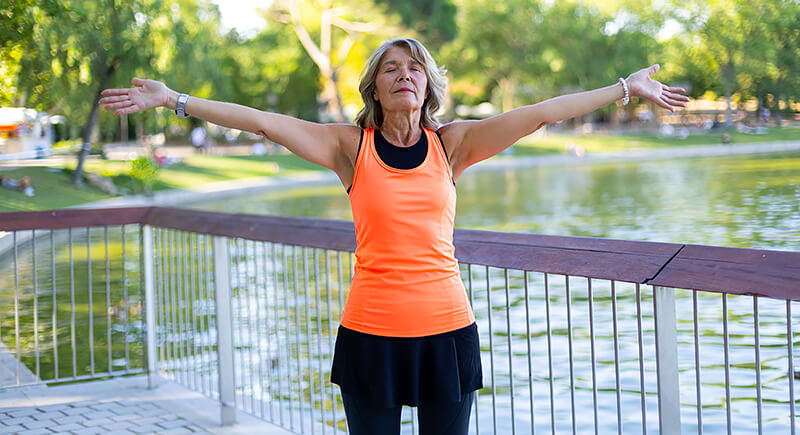
Credit: iStockphoto
Slow arm circles might feel basic, but they’re a reliable way to keep shoulder joints moving freely. Many physical therapists use them to detect stiffness or asymmetry. Smooth, pain-free motion means your joints are staying well-lubricated and flexible. It’s also a quick warm-up before tougher exercises—a simple way to check that everything’s moving as it should.
Walking Lunges
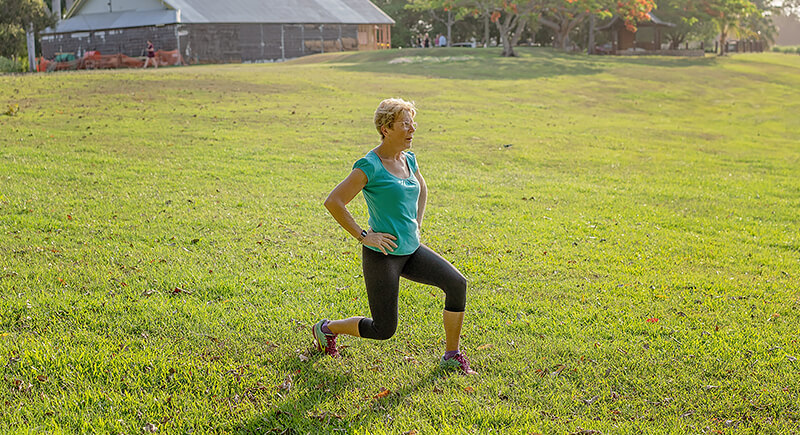
Credit: iStockphoto
Each step in a walking lunge calls on strength, balance, and control. The movement challenges your legs, hips, and core while mirroring the motions you rely on every day. It’s a practical test of how smoothly your body moves as one unit and how well your muscles support that rhythm.